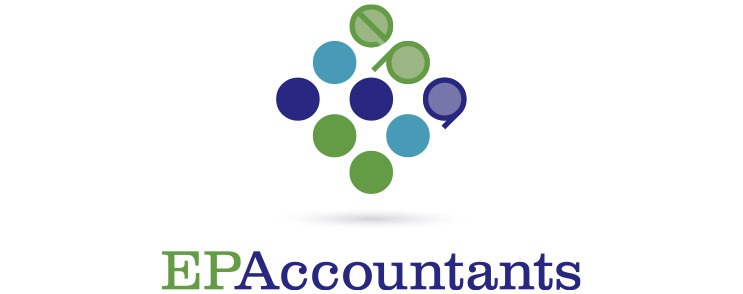A reminder that the 1.25% increase in NIC contributions that came into effect on 6 April 2022 are reflected in a similar increase in the tax charge on dividends.
This means that the dividend tax rates for 2022-23 are as follows (all rates having increased by 1.25% over the 2021-22 rates):
- Basic rate taxpayers will pay tax on dividends at 8.75%.
- Higher rate taxpayers will pay tax on dividends at 33.75%.
- Additional rate taxpayers will pay tax on dividends at 39.35%.
This change applies UK-wide. The dividend tax allowance was first introduced in 2016 and replaced the old dividend tax credit with an annual £5,000 dividend allowance with tax payable on dividends received over this amount. The tax-free dividend allowance was reduced to £2,000 with effect from 6 April 2018 and has remain fixed at that level ever since.
The dividend tax is charged on taxable dividend income an individual receives that falls outside of the personal allowance and that exceeds the dividend allowance. Taxable dividend income excludes, for example, dividends on assets held in ISAs.
According to government figures, around 59% of individuals with taxable dividend income are not expected to pay any dividend tax in 2022-23. The average loss of those affected is around £335 although there will be additional and higher-rate taxpayers who will owe significantly more tax.



